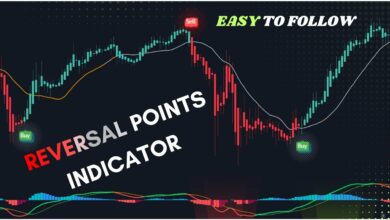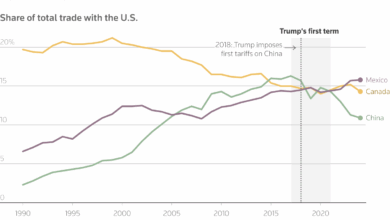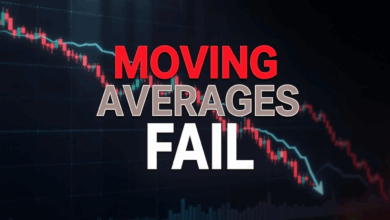Why Do 90% of Forex Traders Lose Money in Their First Year?
SHOCKING WARNING: If you're thinking about entering the forex trading world, read this article first... it might save your bank account from bankruptcy! Discover the hidden secrets brokers won't tell you and the terrifying truths that make 9 out of 10 traders lose everything in less than a year.
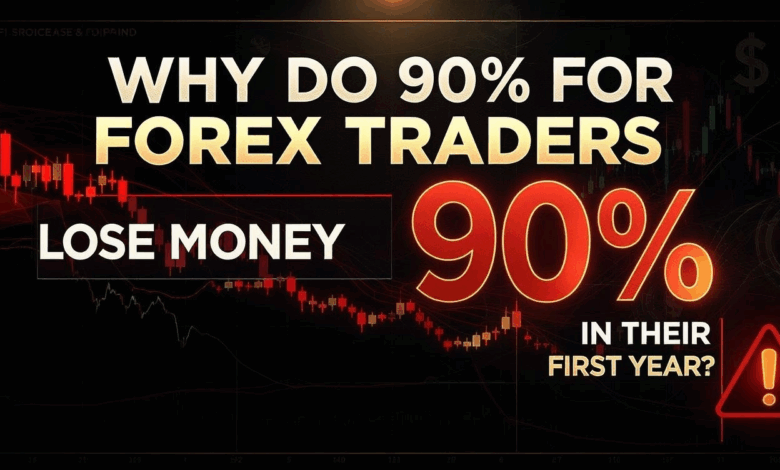

The Devastating Danger of Leverage: The Double-Edged Sword
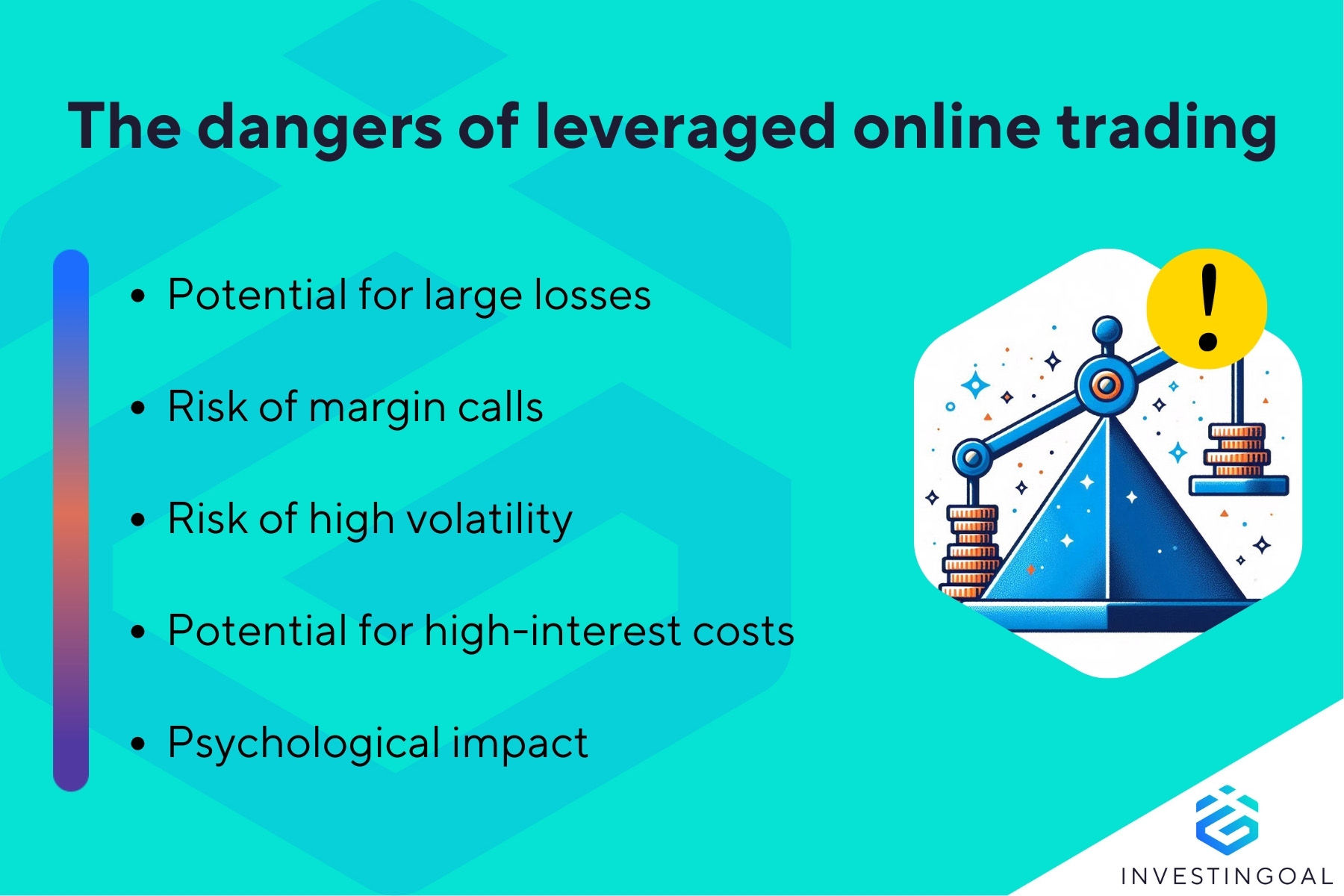
What is Leverage and How Does it Destroy Accounts?
Real Example: With 1:500 leverage, a mere 0.2% adverse movement in the market can wipe out your entire account. If you have $1,000 and trade with $500,000 (1:500 leverage), a 20-pip movement against you equals a $1,000 loss – your entire capital!
The Psychology Behind Leverage Addiction
- The Get-Rich-Quick Illusion: They see leverage as a way to multiply profits quickly without understanding the multiplied risks.
- Small Account Syndrome: Those with small accounts ($100-$500) think they need high leverage to make “meaningful” profits.
- Success Story Bias: They hear about someone who made 500% in a month using high leverage, ignoring the thousands who lost everything.
- Risk Blindness: They focus only on potential gains while completely ignoring potential losses.
How Brokers Exploit Leverage Ignorance
The higher the leverage, the faster traders lose their money, and the more frequently they deposit new funds. It’s a profitable cycle for brokers.
Hidden Broker Practices Against Retail Traders
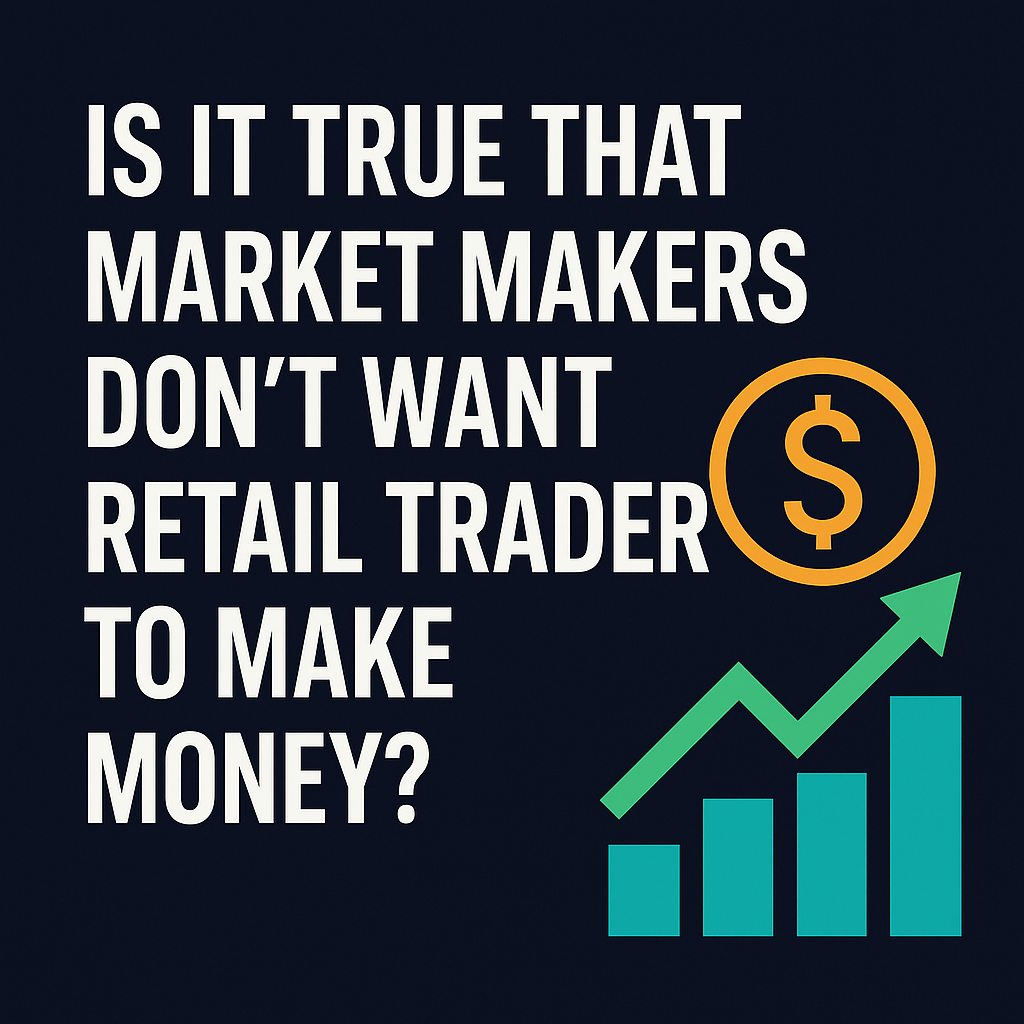
The Dealing Desk vs. No Dealing Desk Reality
The Shocking Truth: When you buy EUR/USD, a Market Maker broker doesn’t buy it for you in the real market. Instead, they sell it to you from their own inventory, essentially betting against you.
Stop Loss Hunting: The Invisible Manipulation
- Artificial Spikes: Creating sudden price spikes to hit stop losses placed at obvious levels.
- Weekend Gaps: Opening markets with artificial gaps to trigger stop losses.
- News Event Manipulation: Widening spreads dramatically during news events to increase slippage.
- Requotes: Rejecting profitable trades while accepting losing ones instantly.
Spread Manipulation and Hidden Costs
“The house always wins” – this casino principle applies perfectly to Market Maker forex brokers. They profit from your losses, not from your success.
Fatal Errors That Destroy Forex Accounts

Error #1: Trading Without a Plan
The Consequence: Without a plan, emotions take over. Fear causes them to exit profitable trades too early, while greed makes them hold losing trades too long, hoping for a reversal that never comes.
Error #2: No Risk Management
- The 2% Rule Ignorance: Not knowing that risking more than 2% per trade leads to inevitable ruin.
- Position Size Miscalculation: Not calculating proper position sizes based on stop loss distance.
- Correlation Risk: Opening multiple trades in correlated pairs, unknowingly multiplying risk.
- No Stop Loss: Believing they can “wait it out” when trades go against them.
Error #3: Emotional Trading
Error #4: Overtrading and Revenge Trading
“The market can remain irrational longer than you can remain solvent.” – This famous quote explains why emotional trading and revenge trading are account killers.
Error #5: Demo vs. Real Account Delusion
- No Emotional Pressure: Demo trading eliminates the psychological pressure of real money.
- Perfect Execution: Demo accounts often have perfect execution without slippage or requotes.
- Different Market Conditions: Demo feeds may not reflect real market conditions during high volatility.
- Overconfidence: Demo success creates false confidence that doesn’t translate to real trading.
The Reality Check
These technical factors and hidden practices work together to create a system where 90% of retail traders are destined to fail. Understanding these realities is the first step toward joining the successful 10%.

🏆 Success Strategies for the Winning 10%
:max_bytes(150000):strip_icc()/dotdash_INV-final-How-to-Become-a-Successful-Forex-Trader-Apr-2021-01-d5dc37ea6f124529b286f4bc7bd05dd9.jpg)
After revealing the devastating reasons why 90% of forex traders fail, it’s time to uncover the secrets of the successful 10%. What sets them apart isn’t luck or magic – it’s a systematic approach based on proven principles that anyone can learn and apply.
🎯 The Professional Trader’s Mindset
Successful traders think like business owners, not gamblers. They understand that forex trading is a marathon, not a sprint. Here’s how they approach the market:
- Business Approach: They treat trading as a serious business with capital, plans, and strict procedures
- Long-term Vision: They focus on consistent monthly profits rather than daily gains
- Emotional Control: They never let emotions drive their trading decisions
- Continuous Learning: They constantly study market patterns and improve their strategies
- Risk First: They always think about potential losses before potential profits
📊 The 5-3-1 Success Formula
Professional traders follow what’s known as the 5-3-1 rule, which forms the foundation of their success:
This formula prevents the common mistake of spreading attention too thin across multiple instruments and strategies.
⚡ The Power of Position Sizing
The most crucial difference between winners and losers is position sizing. Successful traders never risk more than 1-2% of their account on a single trade, regardless of how “certain” they feel about the trade.
🛡️ How to Protect Yourself from Market Traps
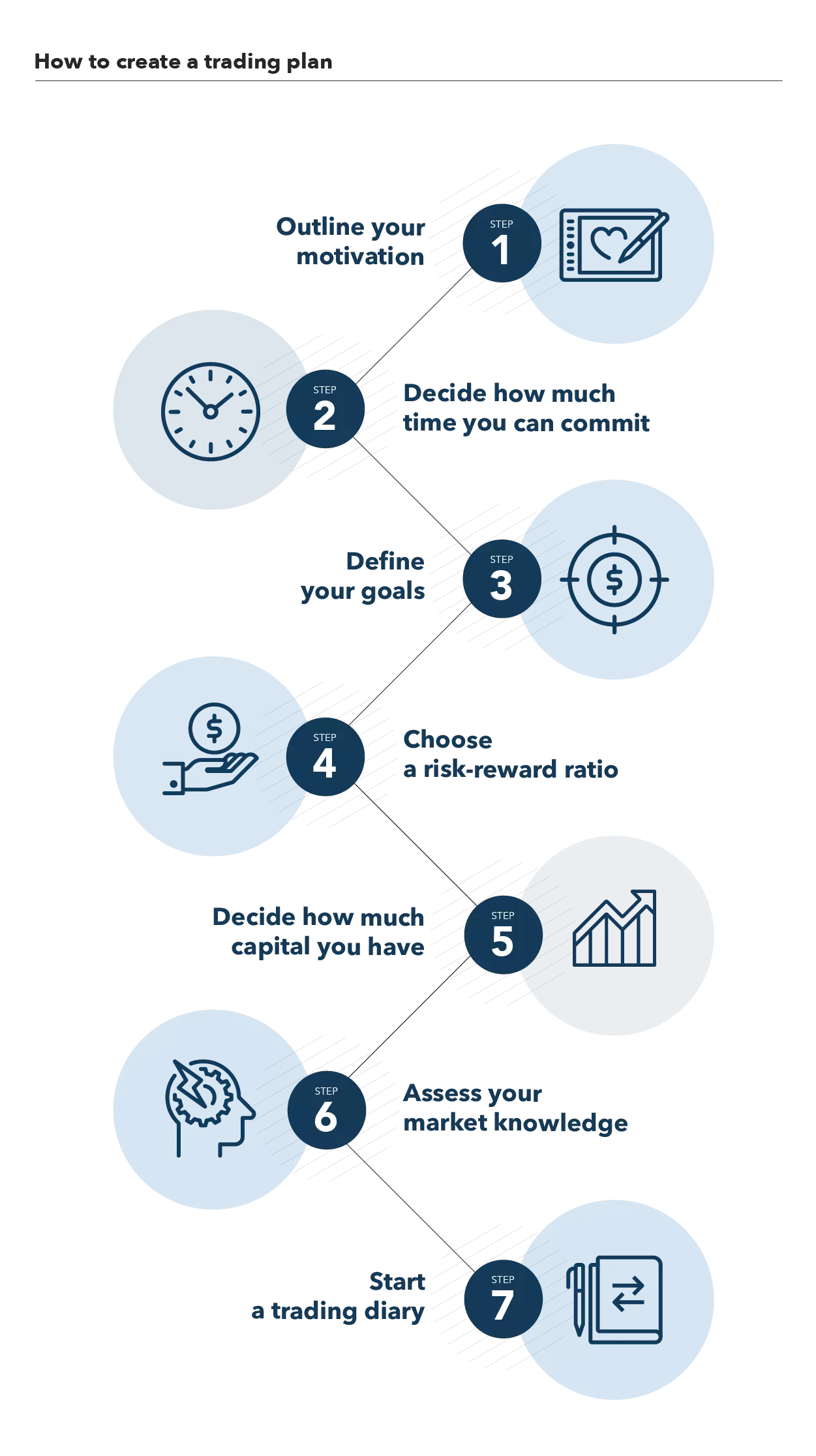
Knowledge of market traps is your first line of defense. Here are the most effective protection strategies used by professional traders:
🔒 The Broker Shield Strategy
Choosing the right broker is crucial for your survival in the forex market. Here’s how to protect yourself:
- Regulation Check: Only trade with brokers regulated by major authorities (FCA, ASIC, CySEC)
- Spread Analysis: Compare spreads during different market hours, not just major sessions
- Execution Testing: Test order execution speed and slippage on demo accounts first
- Withdrawal History: Research the broker’s withdrawal policies and user reviews
- Fund Segregation: Ensure your funds are kept separate from the broker’s operational funds
⚖️ The Leverage Control System
Instead of completely avoiding leverage, successful traders use it strategically:
Smart Leverage Rules:
1:10 Maximum Rule: Never use leverage higher than 1:10, regardless of what your broker offers.
Position Size Calculator: Always calculate your position size based on dollar risk, not leverage ratio.
Margin Call Buffer: Keep at least 50% of your account as free margin at all times.
🎯 The Stop-Loss Hunting Defense
Protect yourself from stop-loss hunting with these professional techniques:
- Support/Resistance Buffer: Place stops 5-10 pips beyond major levels
- Time-Based Stops: Exit trades if they don’t move in your favor within a set timeframe
- Trailing Stops: Use dynamic stops that move with profitable trades
- Partial Exits: Close portions of winning trades at different profit levels
📈 Smart Risk Management Guide

Risk management isn’t just about stop-losses – it’s a comprehensive system that successful traders use to preserve and grow their capital consistently.
💰 The Capital Preservation Matrix
Professional traders follow a strict hierarchy when managing their trading capital:
📊 The Professional Entry System
Successful traders never enter trades impulsively. They follow a systematic approach:
- Technical Confirmation: Clear chart patterns or indicator signals
- Fundamental Alignment: Economic events supporting your trade direction
- Market Sentiment: Positioning data favoring your trade setup
- Risk-Reward Ratio: Minimum 1:2 risk-to-reward ratio required
- Market Condition: Trade only during optimal market conditions for your strategy
⏰ The Time Management Factor
Time is often overlooked but critical for forex success:
🎯 Conclusion and Golden Tips for Beginners
After this comprehensive journey through the harsh realities of forex trading, you now understand why 90% of traders fail and, more importantly, how to join the successful 10%.
The Ultimate Success Checklist:
✓ Start Small: Begin with the minimum account size and gradually increase as you prove profitability.
✓ Education First: Spend at least 6 months learning before risking real money.
✓ Demo Test Everything: Test all strategies thoroughly on demo accounts for at least 3 months.
✓ Keep Records: Maintain detailed trading journals to track your progress and mistakes.
✓ Stay Disciplined: Follow your trading plan religiously, regardless of emotions.
🚀 Your Action Plan Moving Forward
- Week 1-2: Choose a regulated broker and open a demo account
- Month 1-3: Learn one simple strategy and test it thoroughly
- Month 4-6: Add risk management and psychological training
- Month 7+: Start with small live positions if demo results are consistently profitable
💡 The Success Mindset
Remember, becoming part of the successful 10% isn’t about intelligence or luck – it’s about discipline, patience, and following proven principles. The market will always be there, but your capital won’t if you don’t protect it properly.
Your journey to forex success starts with accepting that it’s a challenging profession that requires dedication, continuous learning, and strict discipline. But with the knowledge you’ve gained from this comprehensive guide, you’re now equipped with the tools and understanding needed to avoid the common traps that claim 90% of traders.
The choice is yours: Will you join the 90% who fail due to ignorance and emotional trading, or will you commit to the disciplined path that leads to the successful 10%?
📈 Essential Forex Trading Tips
Professional insights for successful forex trading
